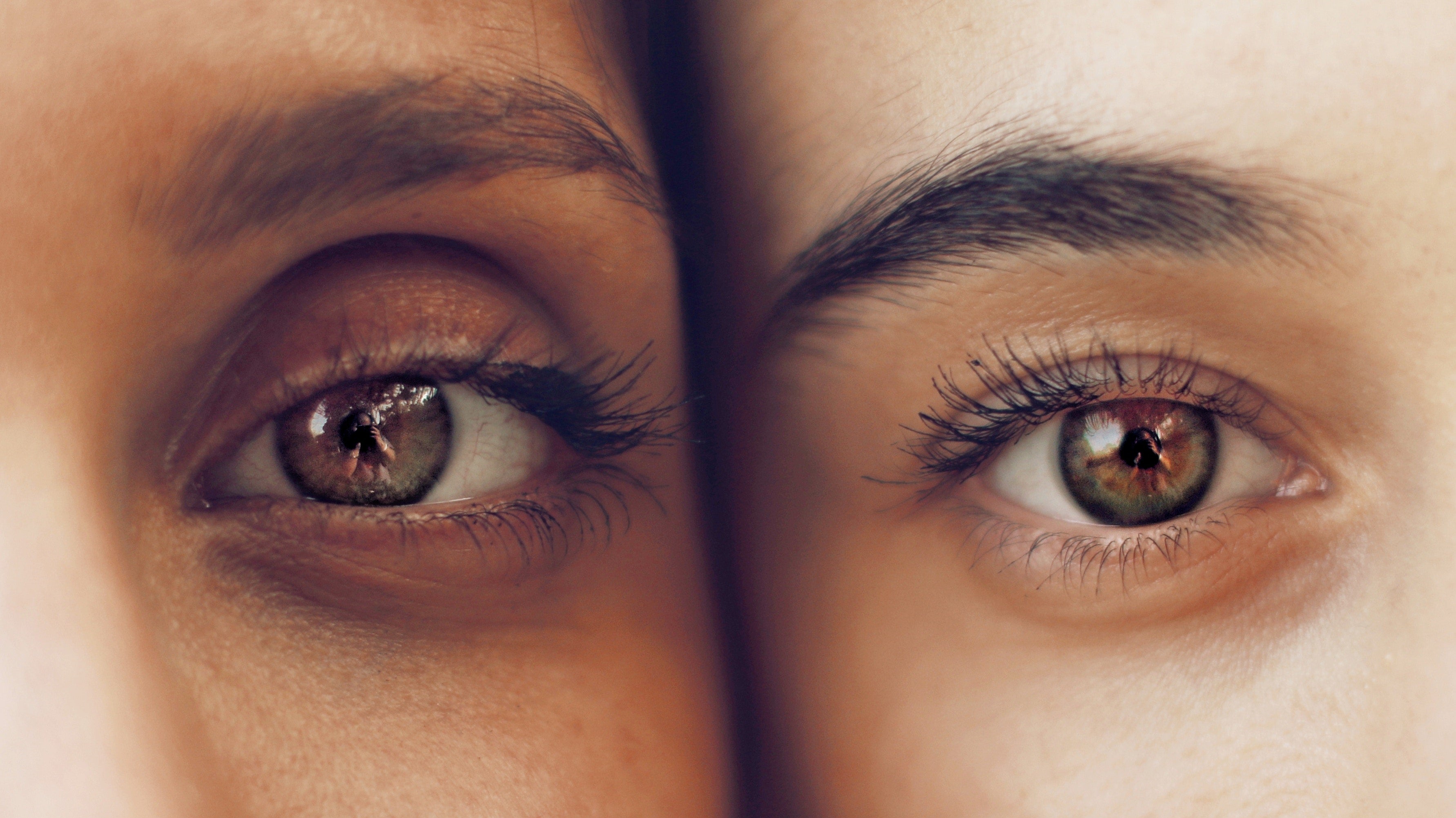Varionet News
Protect yourself from eye allergies!
Spring is coming and with it beautiful flowers! these make the eyes happy for some but for others they are synonymous with eye irritation, dryness or allergies.
- What is an eye allergy?
eye allergy is a abnormal reaction happening at eye level. When in contact with an often foreign substance.
Myopia
The myopic eye
Myopia is a visual abnormality identified since antiquity by Aristotle. This is refractive disorder more common in the world . Some ophthalmologists even speak of a global epidemic: according to a study conducted by the University of Canberra (Australia) 90% of young students in developed countries in Asia are myopic against 30% in the 70s. This phenomenon is found all over the world, in the USA the population of myopes has increased from 25 to 45%.
How not to rub your eyes?
Do you tend to rub your eyes? And you wonder why and is it dangerous in this time of COVID-19?
Why are you rubbing your eyes?
This could be due to several things. You may have dry eyes, an eye infection, wear contact lenses, be prone to allergies or another health problem. Rubbing your eyes has become a habit for you
Coronavirus-Covid-19: the role of your eyes in the spread of the virus
5 tips for working from home
Tips for optimal remote working
It's no secret that we are living in complex times; almost the whole world is confined and for a lot more work! Others, who are more fortunate, practice teleworking, at Varionet this is the case and we do it regularly and we offer you some advice to best live this period.
Can returning to work cause eyestrain?
Work, re-entry and eyestrain
The month of September is here, synonymous with back to school and this is a sign that the holidays are beautiful and well over! Summer is coming to an end and autumn is on its way. We have to adapt to the days that are getting shorter and it is common for eyestrain to appear. No more idleness, little naps, the daily routine is back with the long hours spent in front of digital devices and paperwork.
The app "Be my eyes"
Be my eyes? What is that?
"Be My eyes" is a free application, a social network to help visually impaired people all over the world!



